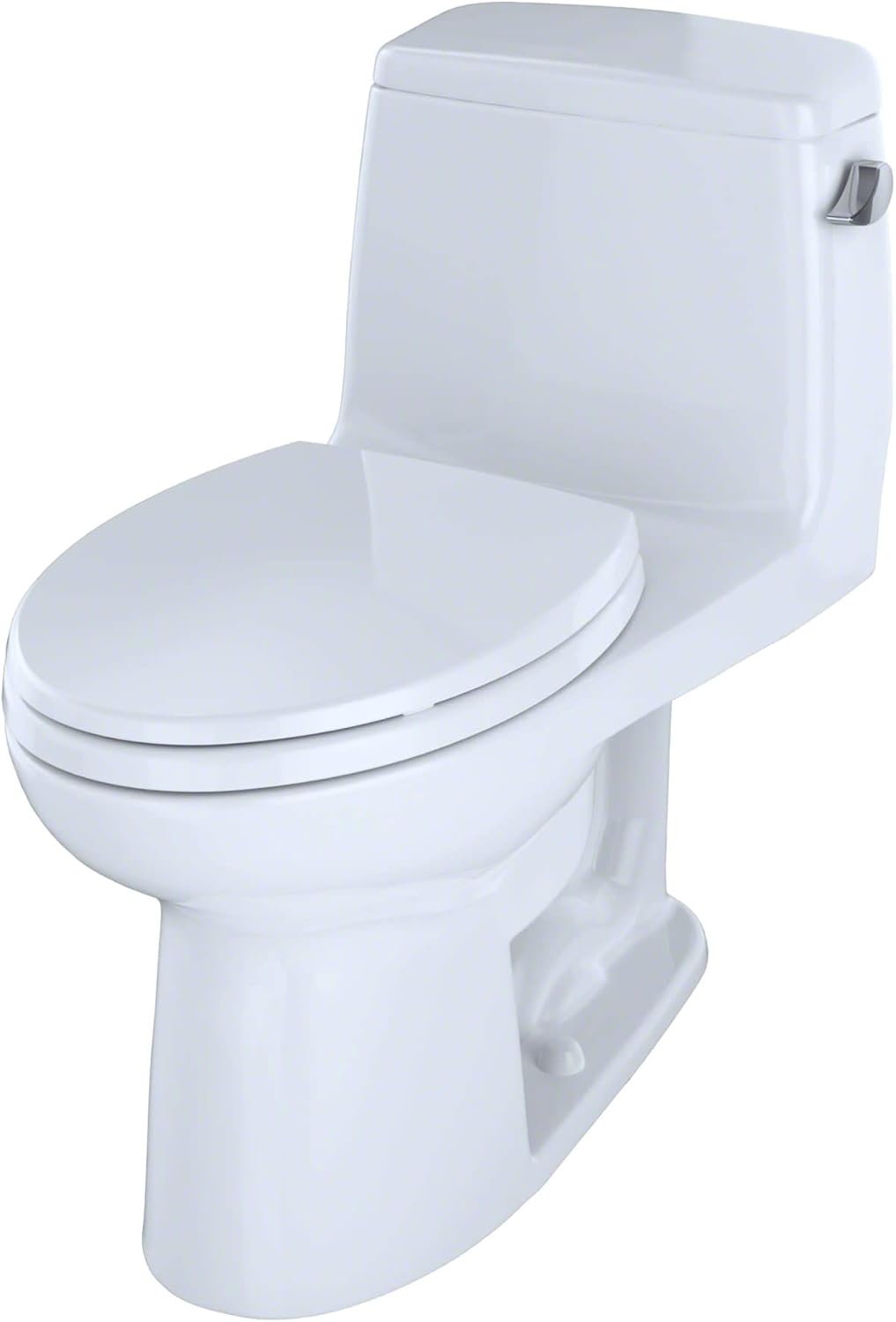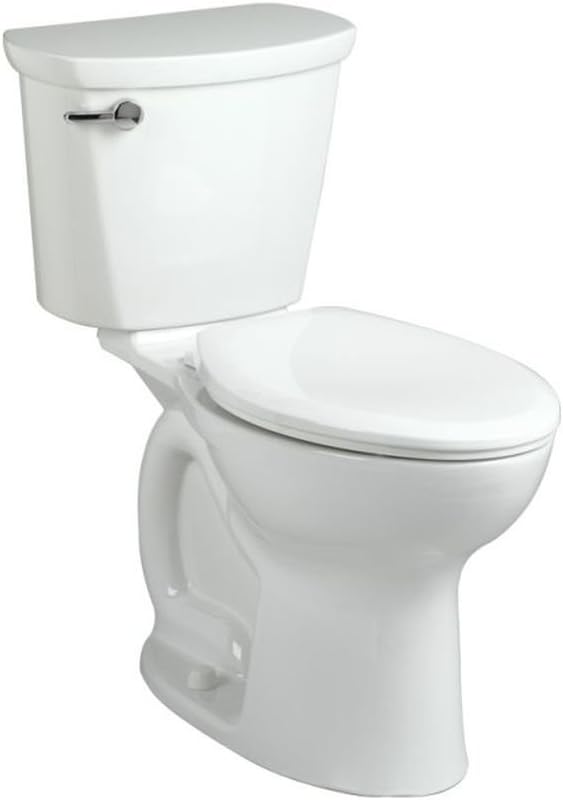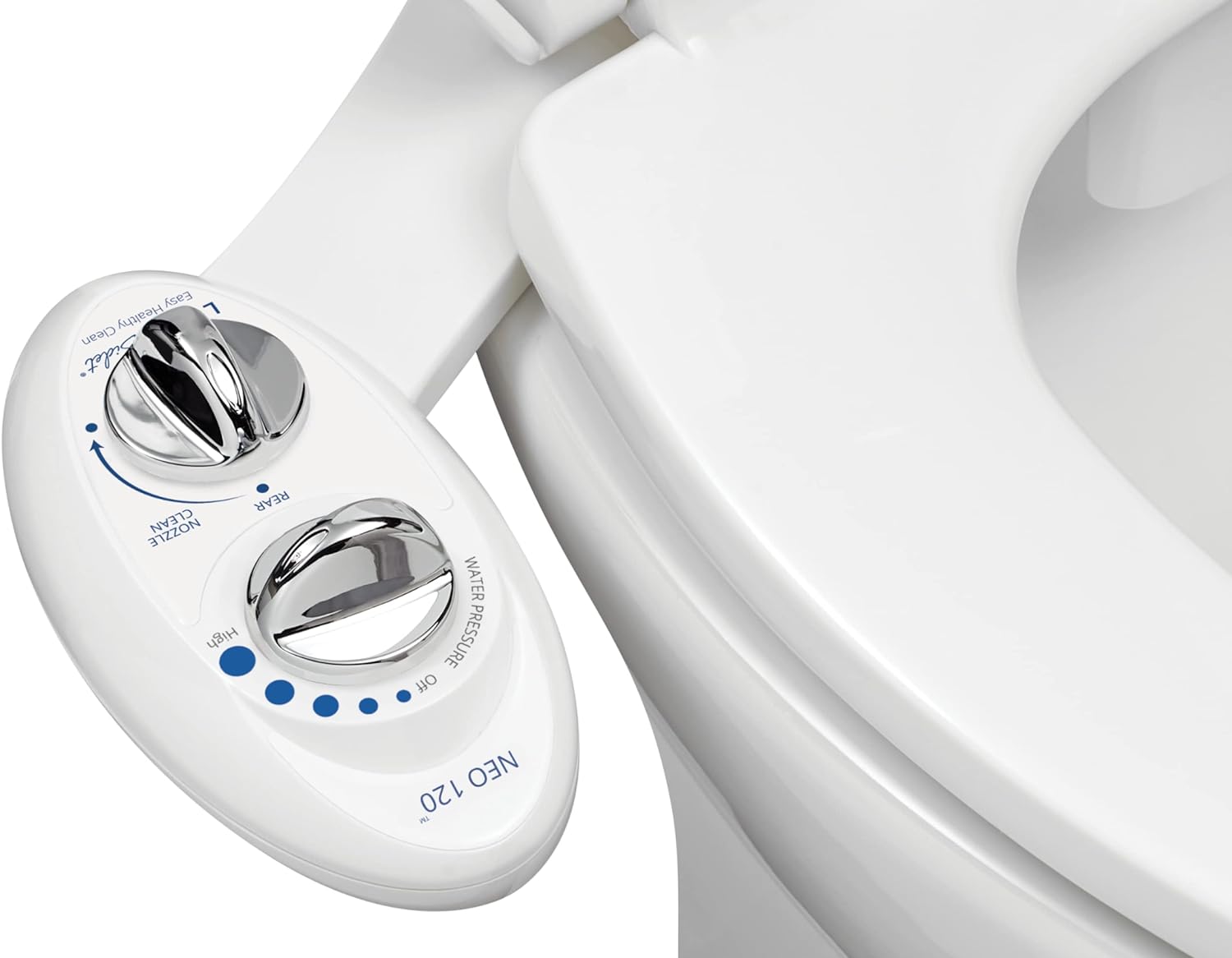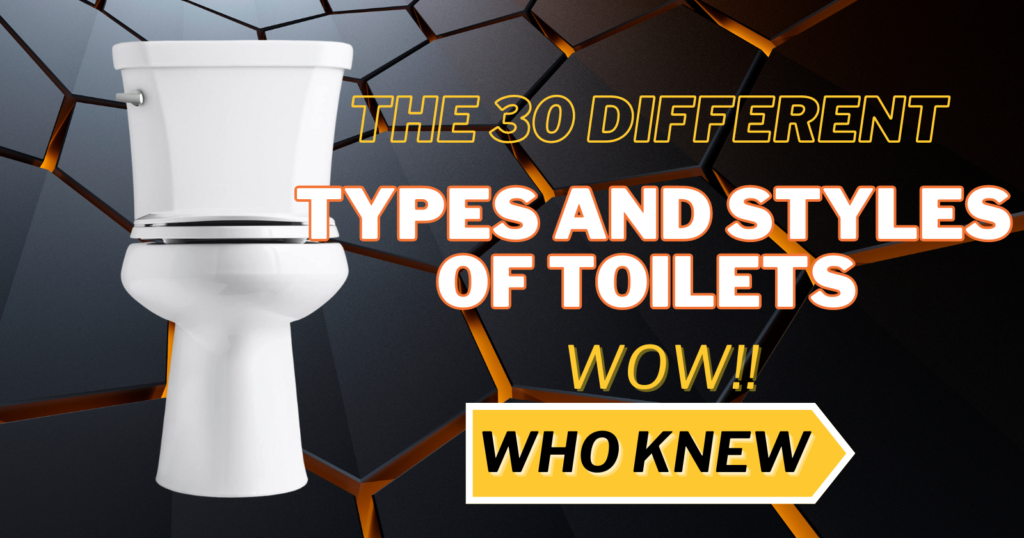
When choosing a toilet, the decision often boils down to two main options: Standard vs. High-Efficiency Toilets.
While both serve the essential function of waste disposal, they differ significantly in design, performance, and environmental impact.
Standard toilets typically use more water per flush, which can lead to higher utility bills and a greater strain on water resources.
On the other hand, high-efficiency toilets (HETs) are designed to use less water while maintaining optimal flushing power, making them a more eco-friendly choice.
In this article, we’ll explore the key differences between these two types of toilets, helping you decide on your bathroom needs.
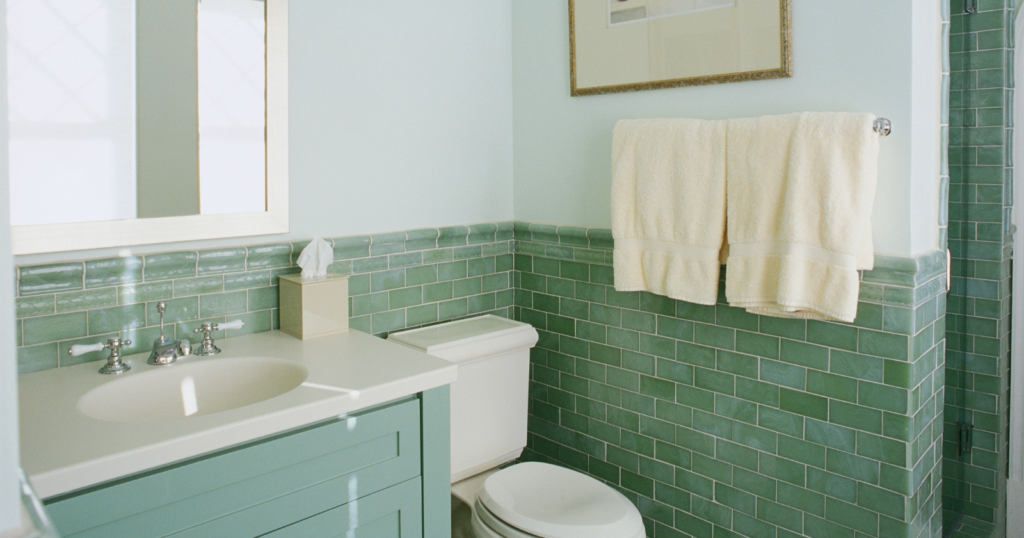
Standard vs. High-Efficiency Toilets Understanding Toilet Efficiency
Toilet efficiency affects water usage and costs. Newer models offer significant savings compared to older ones.
Water Usage and Savings
Standard toilets use about 3.5 gallons per flush, while high-efficiency toilets use much less water. Some models require only 1.28 gallons or less per flush.
This adds up to big savings over time. Switching to a high-efficiency toilet can save a family of four thousand gallons yearly.
Lower water use means lower water bills, too. Many areas offer rebates for installing water-saving toilets, which can help offset the cost.
Efficiency Standards and Certifications
The U.S. government set new standards for toilets in the 1990s. All new toilets must use 1.6 gallons per flush or less.
The WaterSense label helps you find even more efficient models. These toilets meet strict rules for both water use and performance.
To earn the label, toilets must use no more than 1.28 gallons per flush and clear waste well in tests.
Comparing Flush Mechanisms
Single-flush toilets use the same amount of water for every flush. Dual-flush toilets give you two options.
With a dual flush, you can use less water for liquid waste, saving more water than single-flush models.
Some high-efficiency toilets use pressure-assist technology. These toilets quickly force water into the bowl, helping clear waste with less water.
Gravity-flush toilets are more straightforward. They flush by relying on the weight of water in the tank. New designs make these more efficient than older models.
Standard vs. High-Efficiency Toilets
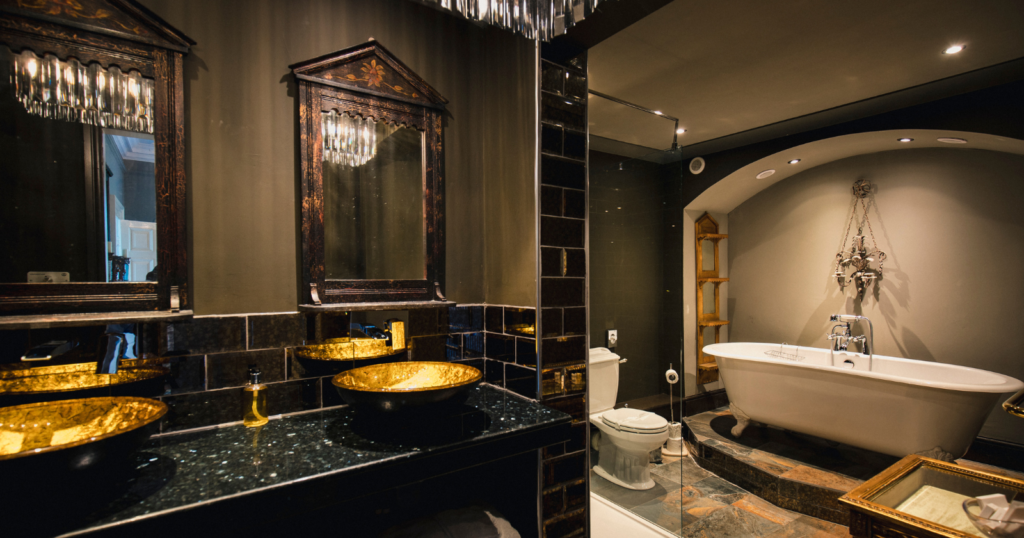
Design and Features of High-Efficiency Toilets
High-efficiency toilets come in many designs with advanced features. They save water while still flushing well. Let’s look at the main types, flushing systems, and comfort options.
Toilet Designs and Shapes
High-efficiency toilets come in one-piece and two-piece designs. One-piece toilets have a seamless look and are easy to clean. Two-piece toilets have a separate tank and bowl, making moving easier.
You can choose between round and elongated bowls. Round bowls fit well in small spaces, while elongated bowls give you more sitting room.
Some high-efficiency toilets have a skirted trapway. This hides the curves at the base, creating a smooth, simple look to wipe down.
Wall-mounted toilets save floor space and look modern. They hang on the wall, with the tank hidden inside.
Innovations in Flushing Technology
New flushing systems help high-efficiency toilets use less water. Dual-flush toilets let you choose between a light or heavy flush, saving even more water.
Some toilets use pressure-assist technology. These have a tank inside the main tank that uses air pressure to push out water fast.
Gravity-flush systems are common and quiet. They rely on the weight of water to create a strong flush.
Many high-efficiency toilets have larger trapways. This helps move waste better with less water.

Comfort and Convenience Features
Comfort height toilets are taller, making it easier to sit down and stand up. They’re about the same height as a chair.
Heated seats keep you warm on cold days. Some models have built-in bidets for extra cleaning.
Soft-close lids shut quietly without slamming. This is nice at night or if you have kids.
Some toilets have touch-free flushing. You can wave your hand to flush, which is cleaner.
Self-cleaning features use special coatings or sprays to keep the bowl fresh. This means less scrubbing for you.

Selecting the Best High-Efficiency Toilet
High-efficiency toilets save water while still flushing well. To pick the right one, you’ll need to look at how it flushes, lasts, and is easy to install.
Assessing Flushing Performance
Look for toilets with good MaP test scores. These show how well a toilet handles solid waste. A score of 0.8 to 1.3 pounds for a 1.6-gallon flush is good. Some toilets can hold up to 2.2 pounds with just 1.28 gallons.
Check flush types, too. Gravity-fed toilets are standard and work well. Some brands, like Kohler and Toto, use special flushes. Kohler has the “Tornado Flush,” which cleans the bowl better.
Dual-flush toilets let you choose between a light or heavy flush, saving even more water. The WOODBRIDGE Dual-Flush toilet is a good example of this type.
Maintenance and Durability Considerations
Pick a toilet that’s easy to clean. The DeerValley Ally Dual-Flush’s smooth surface helps with this.
Look at what the toilet is made of. Vitreous China is strong and lasts a long time. Some toilets have special coatings that make them even easier to clean.
Check reviews to see how long toilets last. Brands like Kohler and American Standard are known for making durable toilets.
Think about parts you might need to replace. Make sure they’re easy to find and not too expensive.
Installation Process and Compatibility
Measure your bathroom before you buy. Make sure the new toilet will fit where your old one was.
Check if you need a round or elongated bowl. Round bowls are good for small spaces, and elongated bowls are more comfortable.
Look at how the toilet connects to the floor. Most use bolts, but some have different systems.
Consider whether you can install it yourself. If not, factor in the cost of hiring someone. Some toilets, like the Kohler Highline Classic, are easier to install than others.
Check to see if your new toilet requires any special plumbing. Most work with standard pipes, but it’s good to make sure.

Innovative Technologies in Modern Toilets
Modern toilets have come a long way. They now offer features that make your bathroom experience more comfortable and efficient.
Smart Toilets and Advanced Features
Smart toilets bring high-tech to your bathroom. Many have touchless flushing, which helps keep things clean. Some even have built-in air fresheners to keep odors at bay.
You’ll find models with heated seats for chilly mornings. Night lights help you see in the dark. Some toilets play music or white noise for privacy.
Smart toilets often have water-saving features, such as dual-flush options that use less water when a full flush is unnecessary.
Some smart toilets can track your health. They analyze waste and send data to your phone, which can help you spot health issues early.
Bidet and Specialized Seats
Bidet seats are gaining popularity in many homes. They offer a more thorough clean than toilet paper alone.
You can find bidet seats with warm water sprays and adjustable pressure. Some have dryers to reduce paper use.
Specialized toilet seats come in many forms. You can get seats with soft-close lids to prevent slamming.
There are raised seats for those with mobility issues. These make it easier to sit down and stand up.
Some seats have built-in deodorizers to keep your bathroom fresh. Others have heated surfaces for added comfort.
Bidet and Specialized Seats
Wrapping Up
When considering the differences in the Standard vs. High-Efficiency toilets debate, it is essential to weigh the benefits of each option against your specific needs.
High-efficiency toilets promote water conservation, lower utility bills, and align with a more sustainable lifestyle.
Conversely, standard toilets may still meet the demands of those who prefer traditional flushing power.
By understanding the distinctions in the Standard vs. High-Efficiency comparison, you can make a well-informed decision that enhances your bathroom experience and your commitment to environmental responsibility.
Frequently Asked Questions
People often have questions about high-efficiency toilets. These toilets can save water and money, but many wonder what makes them different from standard models.
What makes a toilet a high-efficiency toilet?
High-efficiency toilets use 1.28 gallons per flush or less. This is less than the 1.6 gallons used by standard toilets.
They often have bigger trapways to prevent clogs. The trapway is the curved part of the toilet through which waste flows.
Dual-flush options are common in high-efficiency toilets. These let you choose between a full or partial flush.
Some high-efficiency toilets use pressure-assist technology. This uses compressed air to push water into the bowl with more force.
Water-saving toilets may have special bowl designs. These help clean the bowl thoroughly with less water.
Dive Deeper
- What Is a Standard Toilet? A Quick Overview
- Maximize Savings With High-Efficiency Toilets
- TOTO Elongated Toilets: Top 3 Picks

